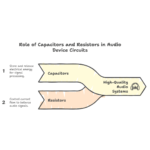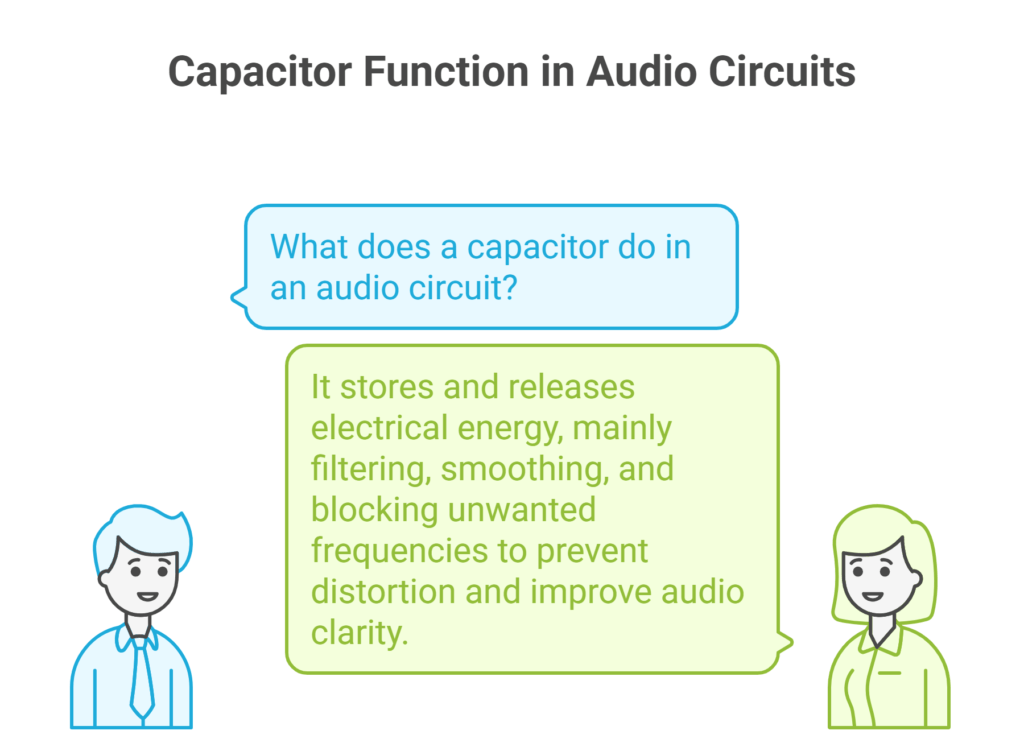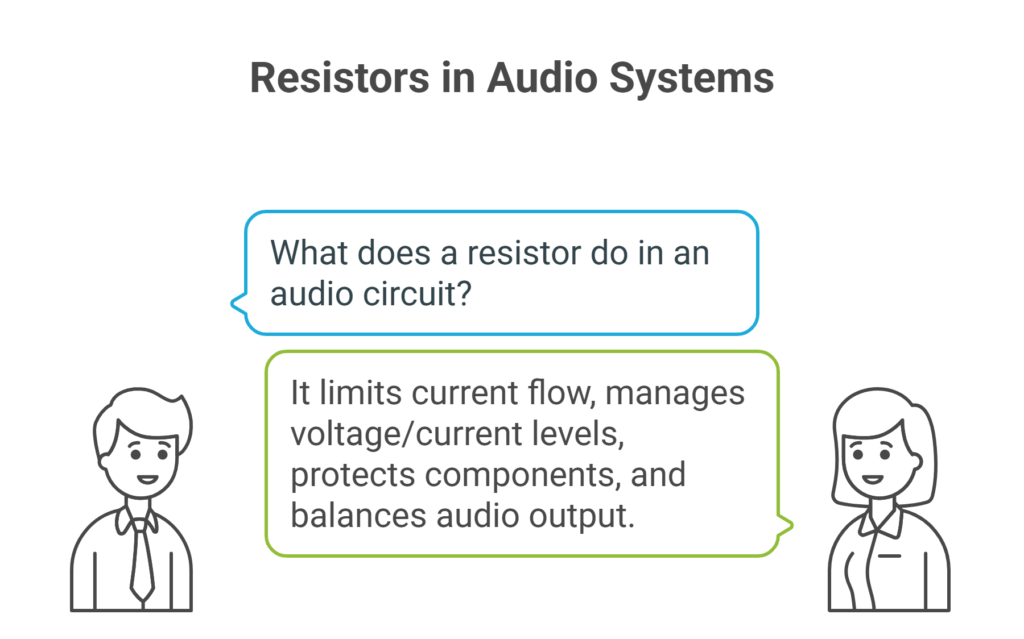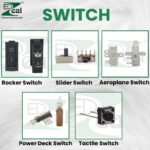No products in the cart.
The Role of Capacitors and Resistors in Audio Device Circuits

Understanding the Role of Capacitors and Resistors in Audio Device Circuits
Every audio device, whether it’s a speaker, amplifier, or mixer, relies on precise electronic components to deliver clear, balanced sound. Among these, capacitors and resistors play a key role in shaping how electrical signals are processed within the circuit. Understanding their function helps engineers design more efficient and high-quality audio systems.
What Does a Capacitor Do in an Audio Circuit?

A capacitor stores and releases electrical energy. In audio circuits, it’s mainly used to filter, smooth, and block unwanted frequencies. Capacitors act like small energy reservoirs that control how signals move through the circuit, preventing distortion and improving audio clarity.
Key Functions of Capacitors in Audio Devices:
- Signal Coupling: Capacitors block DC voltage while allowing AC audio signals to pass through, keeping the sound clean and uninterrupted.
- Frequency Filtering: Used in crossover networks and equalizers to separate high and low frequencies for tweeters and woofers.
- Power Supply Smoothing: In amplifiers, capacitors filter voltage fluctuations to ensure stable power delivery.
- Noise Reduction: Capacitors suppress unwanted electrical noise, maintaining sound purity.
What Does a Resistor Do in an Audio Circuit?

A resistor limits or controls the flow of current in a circuit. In audio systems, resistors help manage voltage and current levels to protect sensitive components and balance audio output. They ensure that the right amount of current reaches each part of the circuit, preventing signal distortion and overheating.
Key Functions of Resistors in Audio Devices:
- Volume Control: Variable resistors (potentiometers) are used in volume knobs to adjust output levels.
- Impedance Matching: Helps match resistance between different circuit sections, improving power transfer and sound quality.
- Signal Balancing: Keeps left and right channels balanced in stereo systems.
- Component Protection: Prevents excessive current from damaging transistors and capacitors.
How Capacitors and Resistors Work Together
In audio circuits, capacitors and resistors often work as pairs in what are known as RC circuits. These circuits are vital in controlling the frequency response — determining how the device handles bass, midrange, and treble. For example, in a tone control system, the resistor adjusts how much signal passes, while the capacitor controls which frequencies are affected. Together, they shape the overall sound profile of the audio device.
Choosing the Right Components for Better Sound
The quality of capacitors and resistors directly affects sound performance. Using low-quality components can lead to noise, distortion, or imbalance in output. For professional audio applications, it’s best to choose reliable, long-lasting components from trusted suppliers.
Popular Choices for Audio Circuits Include:
- Electrolytic Capacitors – for power supply filtering and coupling
- Ceramic Capacitors – for high-frequency filtering
- Carbon Film Resistors – for low noise and stable resistance
- Metal Film Resistors – for precision and temperature stability
Buy High-Quality Capacitors and Resistors from DDS International – Edzeal
When manufacturing or assembling audio devices, it’s important to use components that meet consistent performance and reliability standards. DDS International – Edzeal offers a wide range of capacitors and resistors suitable for professional audio and electronics applications. Whether you need Electrolytic, Ceramic, or SMD Capacitors, or precision Carbon Film Resistors, you can source them in bulk with assured quality and fast delivery.
By choosing trusted brands like JWCO, DVAN, NDF, and Edzeal, you can ensure your products deliver superior sound performance and reliability.
Buy capacitors and resistors in bulk from DDS International – Edzeal to ensure your audio devices are powered by quality you can trust.



